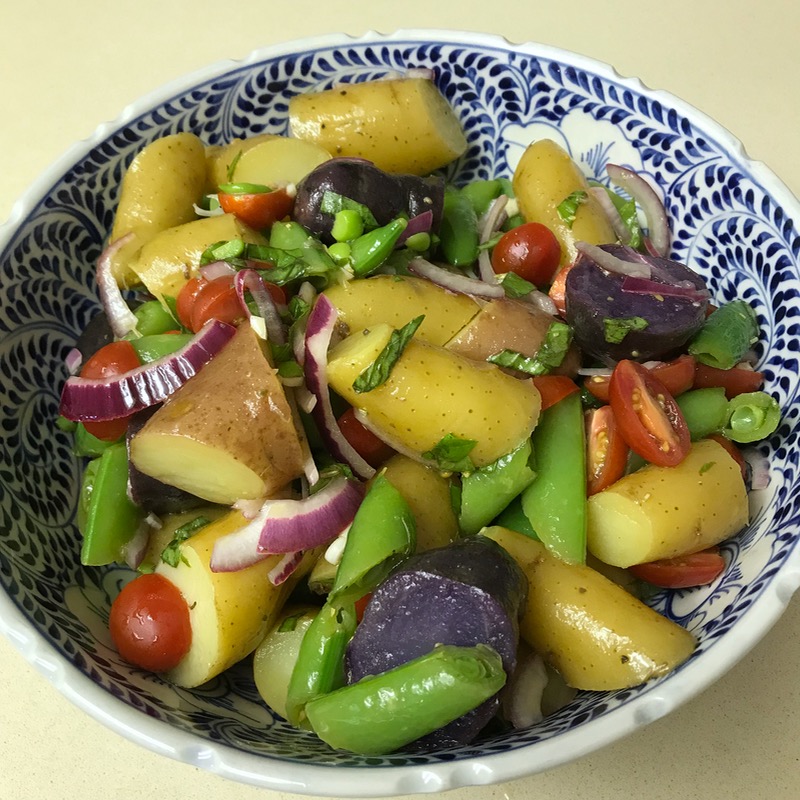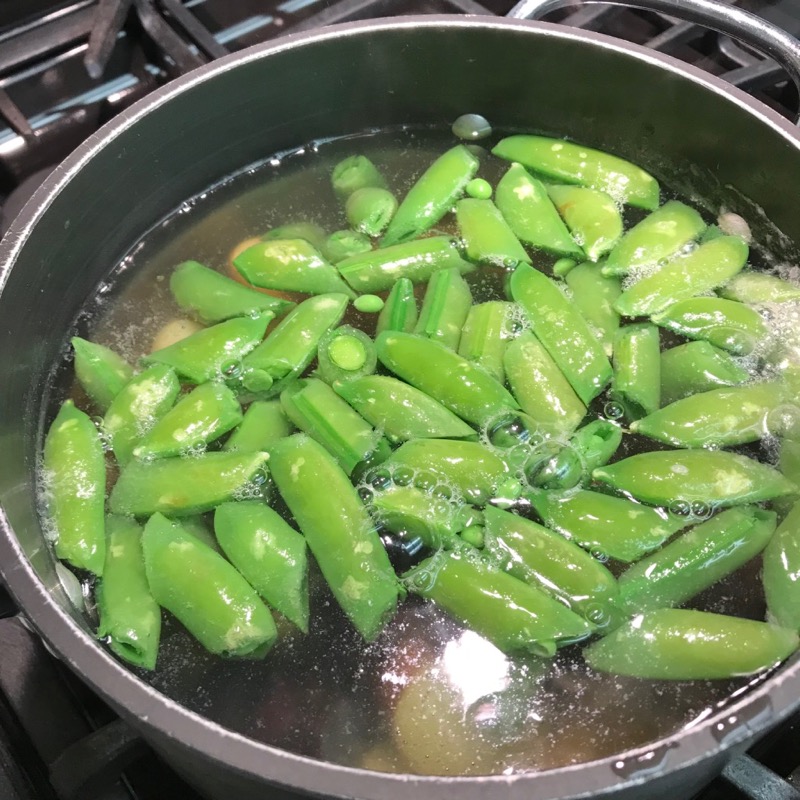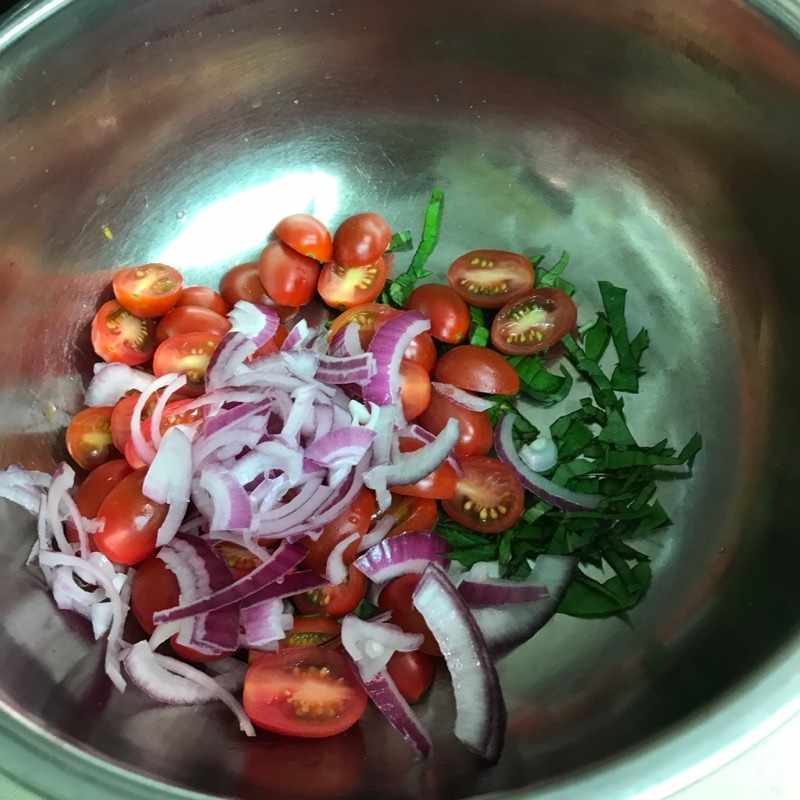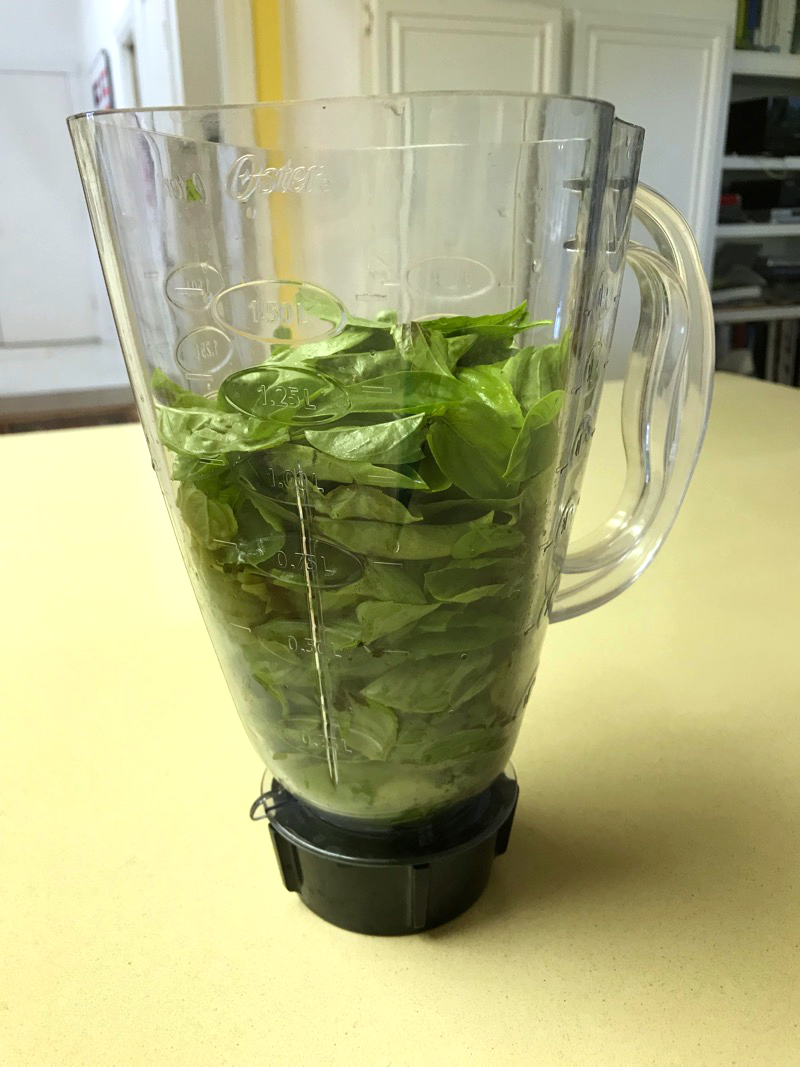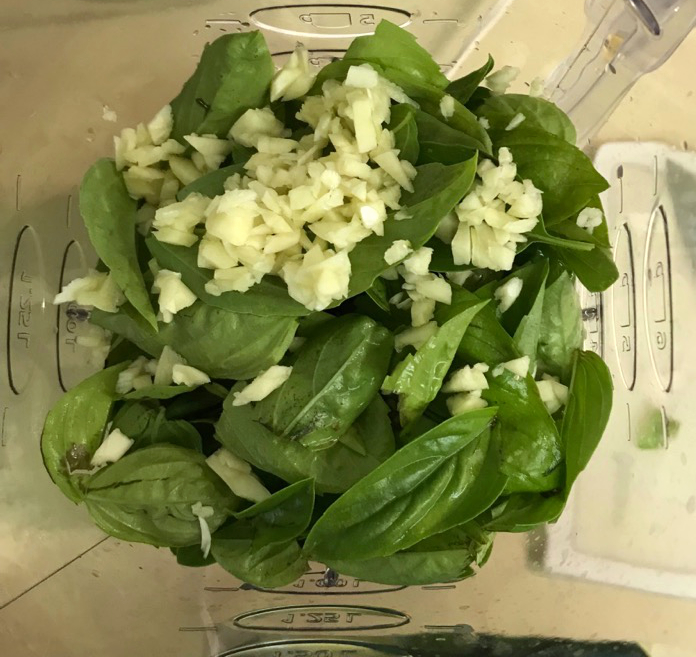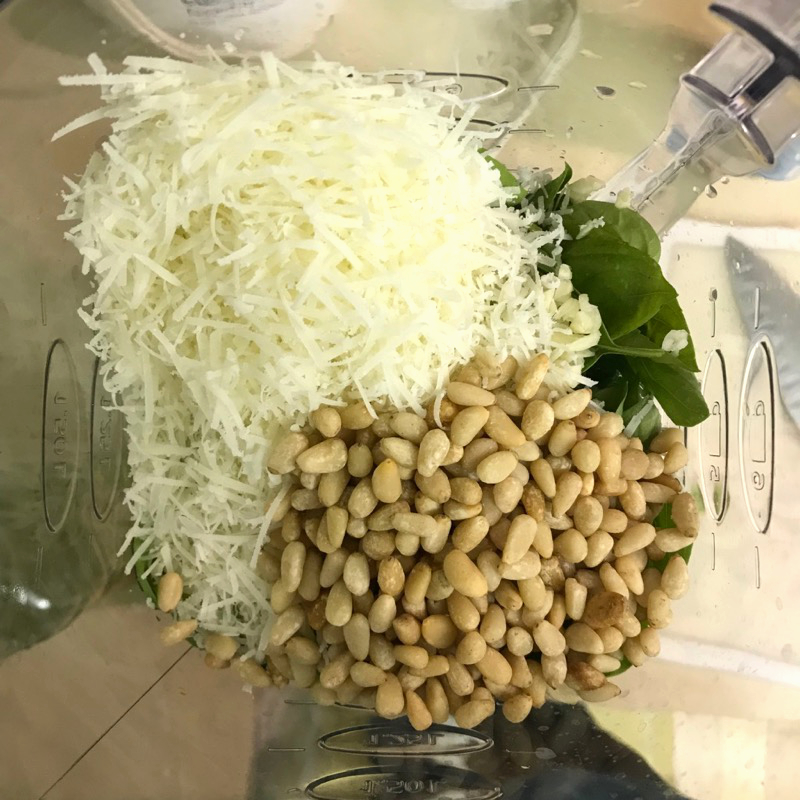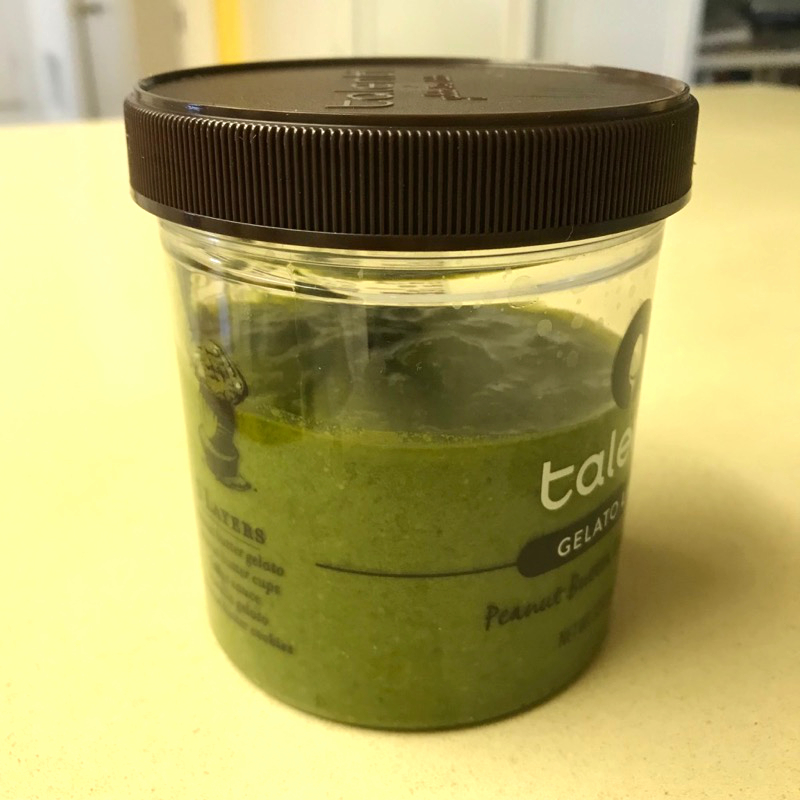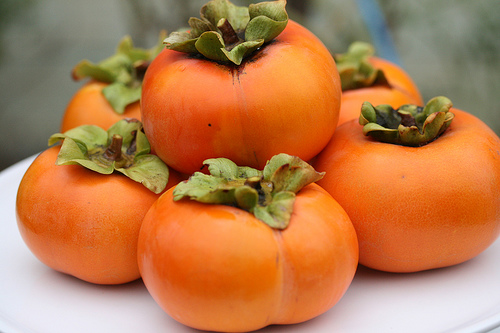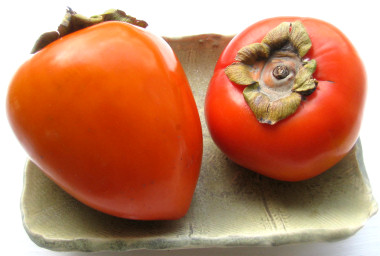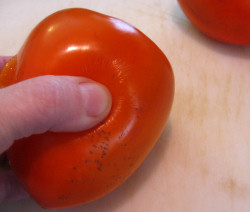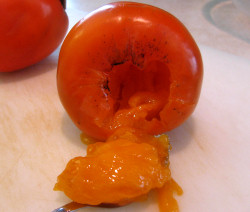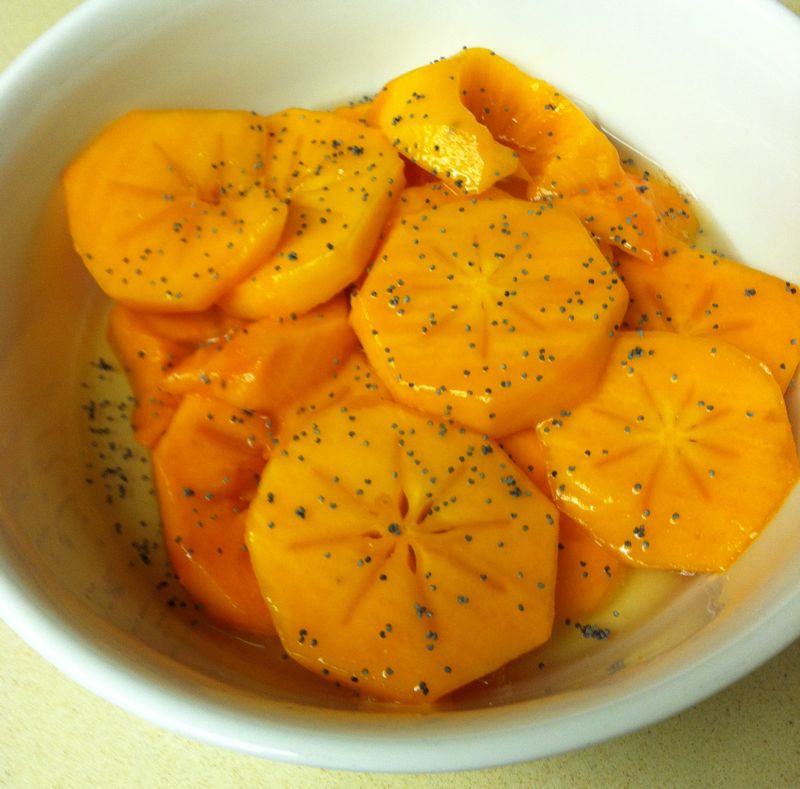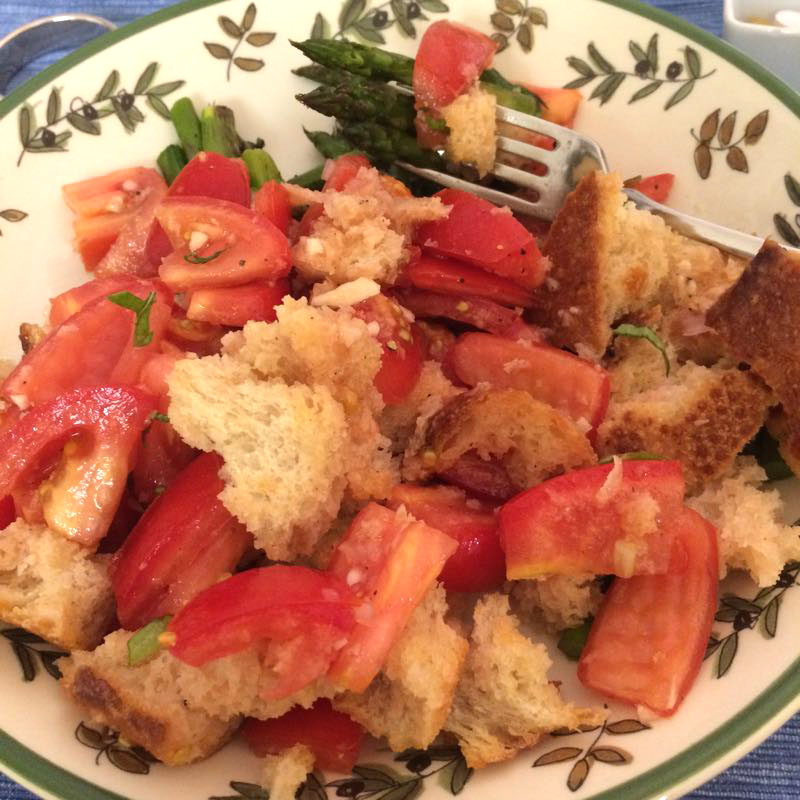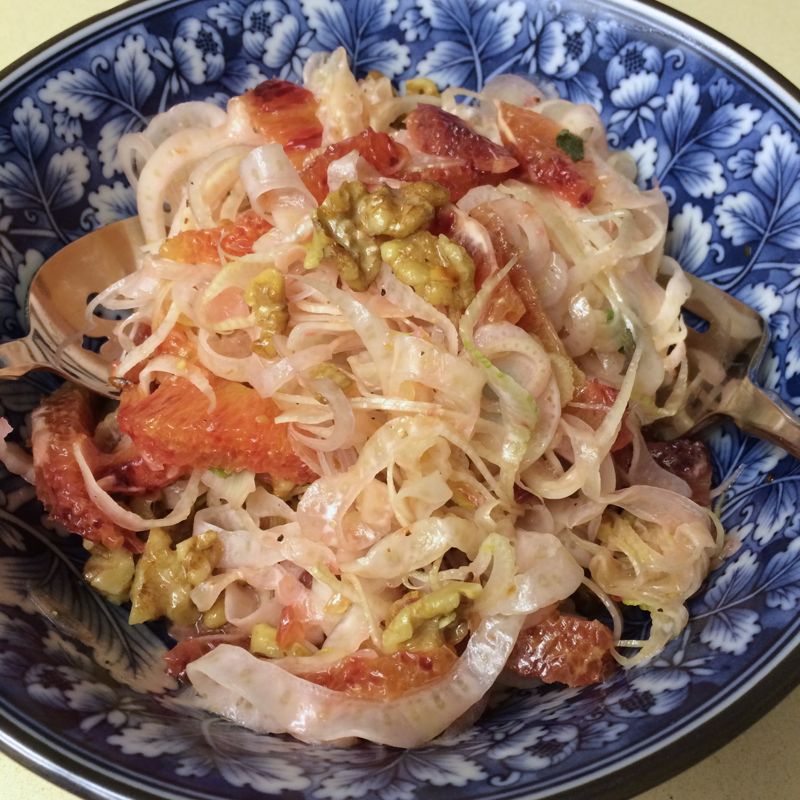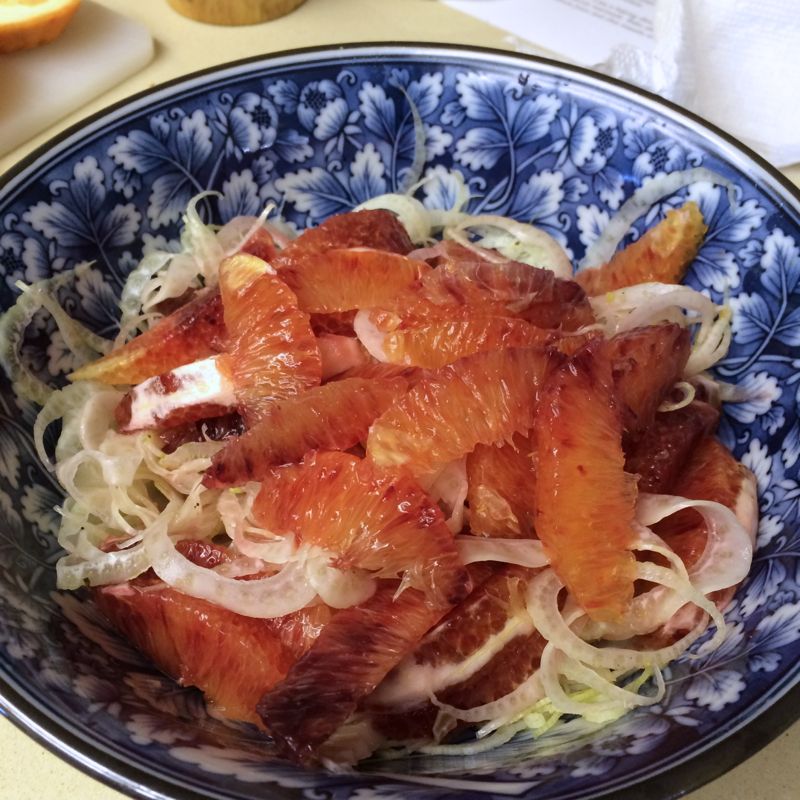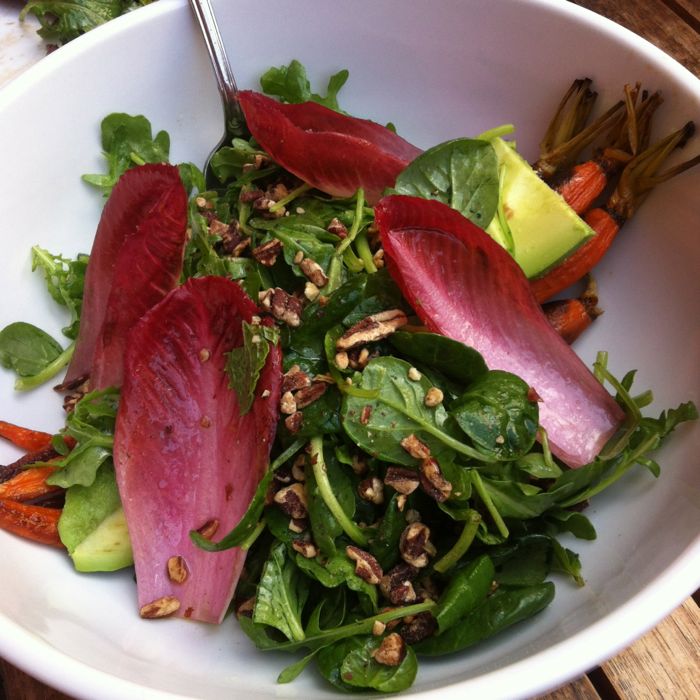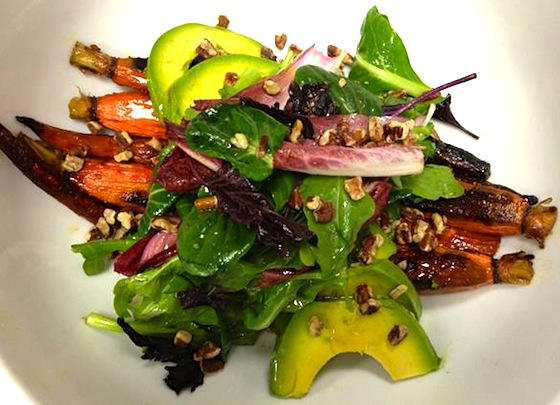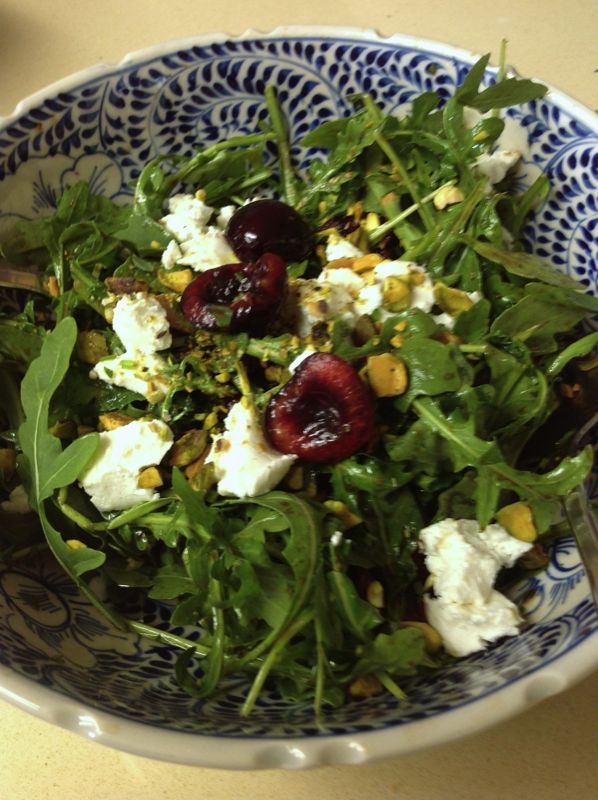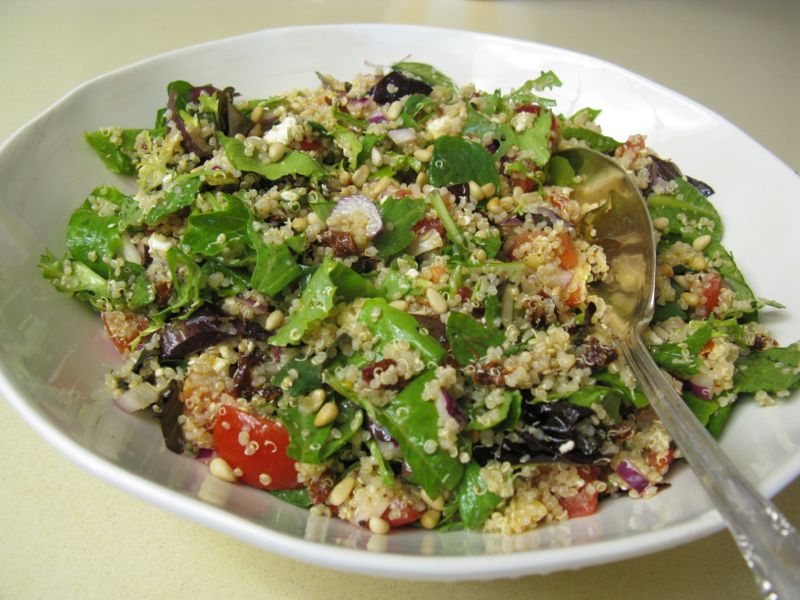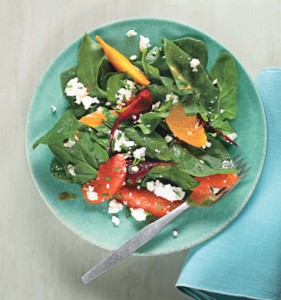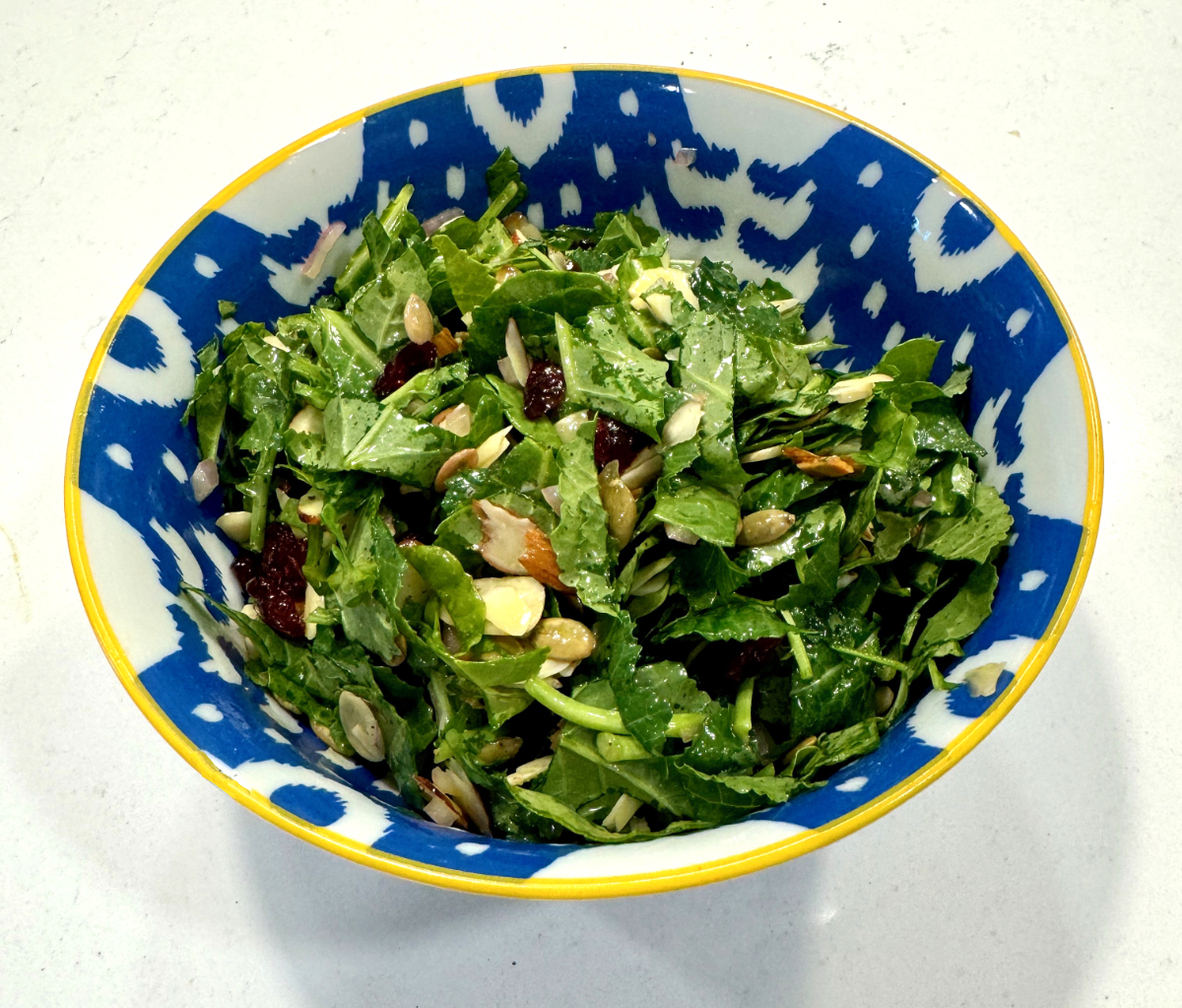
Winding our way across Texas, we fell in love with the H.E.B grocery stores. I’d been there before, but when we were on the road, we’d stop in the morning to pick up a pre-pared lunch to carry with us. One day I picked up “Fresh Kale Cranberry Pepita Salad” from the display case.
I searched for the recipe back in California, as I was trying to recreate that dish. There were several options to choose from, and I’m pretty happy with the one below. There are two odd ingredients: one was orange juice concentrate. In the old days you’d find it in the freezer section in a can; no more. So I squeezed a couple of oranges, and cooked it down to where it was getting to the jammy stage: still liquid, but quite thick. Don’t let it burn! The other is crystalized ginger. You’ll find a photo of what I used, below.
Ingredients:
- 1 Bunch of Kale
- 1/3 Cup Pepitas (Pumpkin seeds)
- 1/2 Cup Slivered Almonds
- 1/2 Cup Dried cranberries
Sesame Orange Dressing
- 3 Tbsp Rice or Rice Wine Vinegar
- 2 Tbsp Oil (Canola or Olive)
- 1 1/2 Tbsp Crystallized Ginger Diced
- 1 Tbsp Orange Juice Concentrate
- 1 small shallot, finely diced
- 1/2 Tbsp Sesame Oil
- Salt, Pepper and Sweetener of Choice to taste.

Instructions:
Mix all of the dressing ingredients together and let sit while the remaining components are prepped.
[Optional] Begin toasting your slivered almonds in a saute pan on medium. Keep an eye on them and toss occasionally until most are starting to brown, abut 8 minutes. Be careful not to burn them.
If you have a head of kale, rinse the kale and partly de-stem and chop the leaves into thin strips. –OR– Just buy a carton of baby kale from the grocery store. I used a little more than half of the kale, and yes, chop the leaves into thin strips.
In a large mixing bowl, massage half of the dressing into chopped kale for about 3-5 minutes. This will allow the dressing to thoroughly coat and soften the kale a bit. Add more, a tablespoon at a time, if needed. Freeze remaining dressing for the next round.
Mix toasted almond slivers, dried cherries and pepitas into dressed kale. Taste and if needed, add more salt and pepper.
Refrigerate for 30 minutes prior to serving.
HEB’s ingredient list on the back of the package:
- Kale
- Cranberry Nut Mix: Sliced Almonds, Dried Cranberries, Pumpkin Seeds
- Orange Sesame Vinaigrette: Canola Oil, Crystallized Ginger (Ginger, Cane Sugar), Rice Wine Vinegar, Orange Juice Concentrate, Shallots, Ginger Purée (Ginger, Water), Sesame Oil, Scallions
I was mystified by “ginger purée” and didn’t have that, so just upped the crystalized ginger a bit. I also didn’t refrigerate it, because we were hungry and just wanted to eat.
